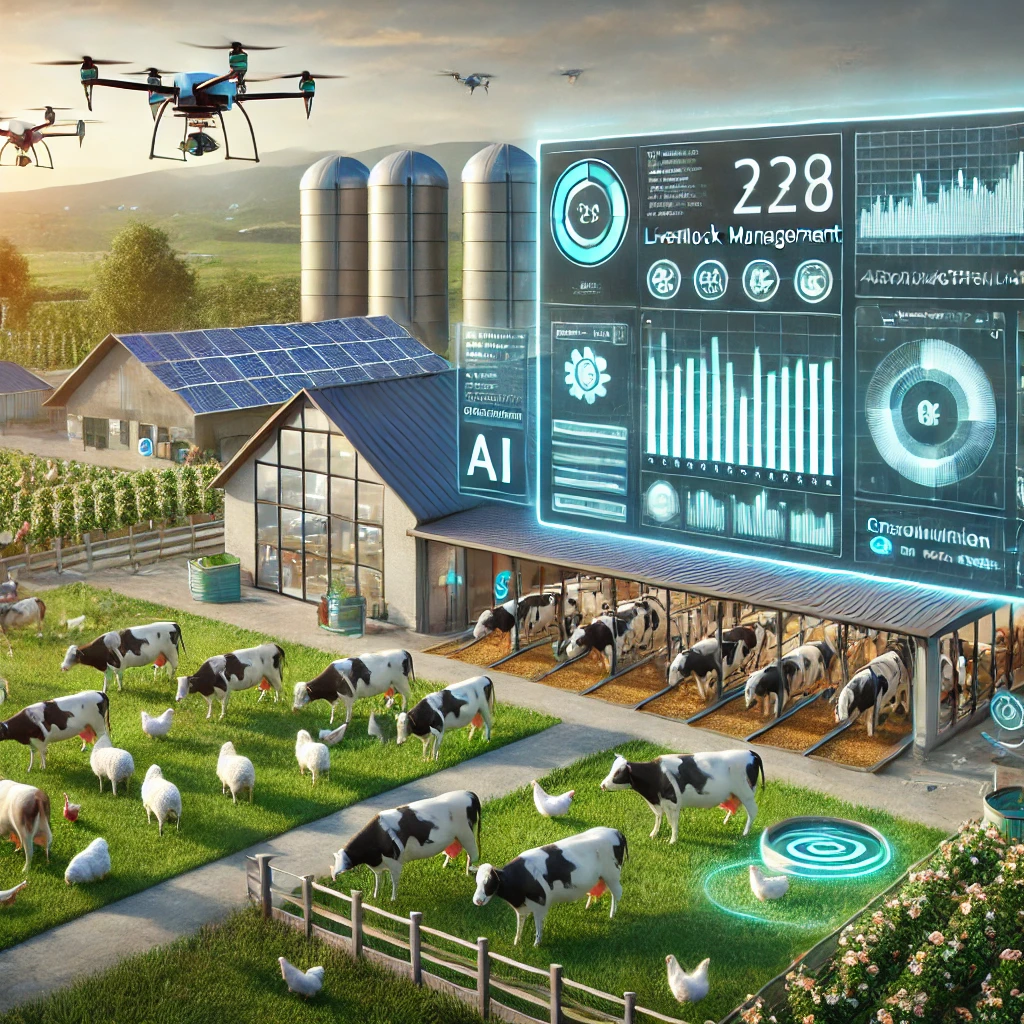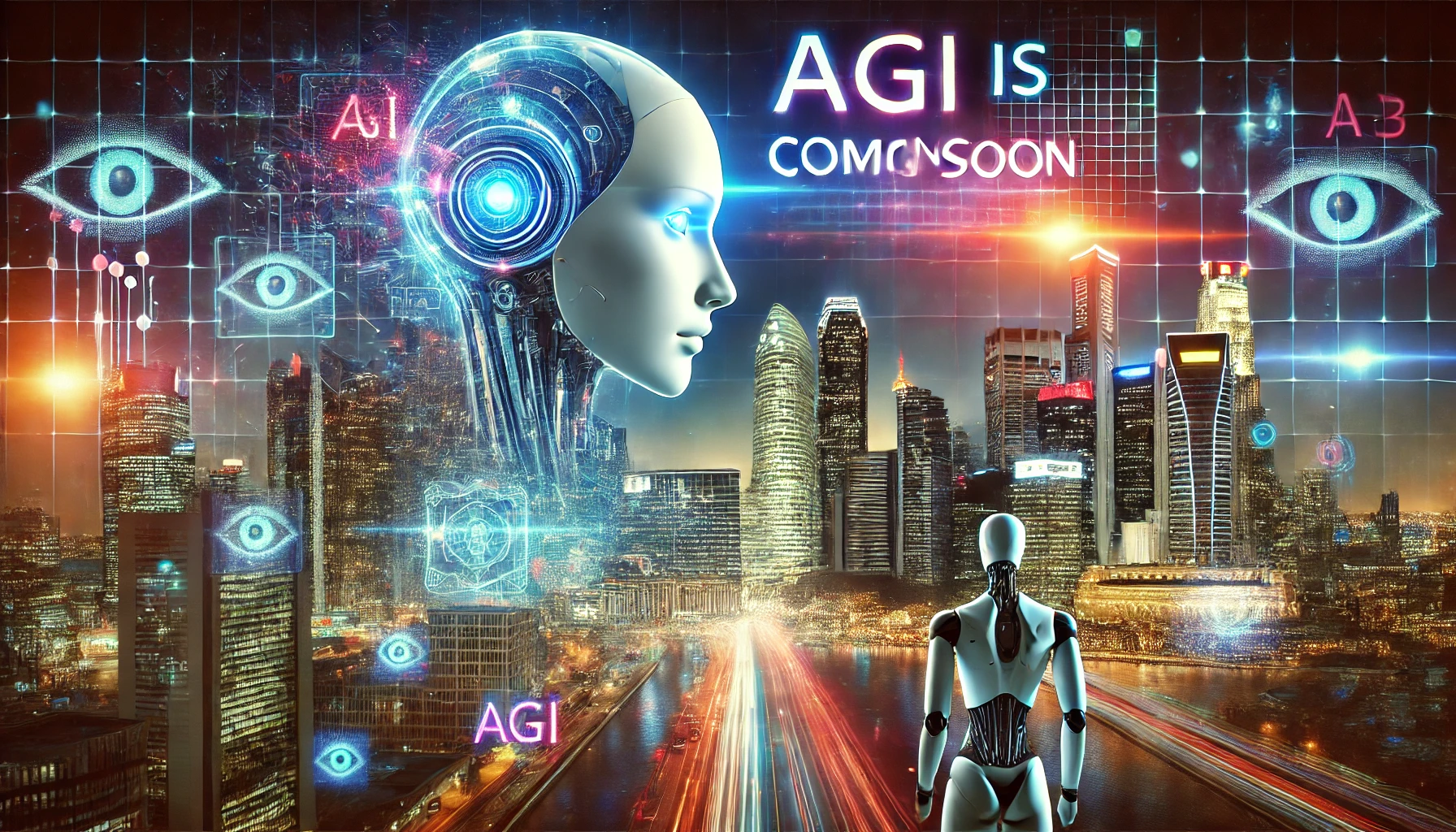The agricultural industry is undergoing a transformative shift, with Artificial General Intelligence (AGI) emerging as a powerful tool to revolutionize livestock management. By leveraging AGI, farmers and ranchers can enhance productivity, improve animal welfare, and make operations more sustainable. Here’s how AGI is reshaping the future of livestock management:
1. Precision Monitoring
AGI-powered systems can analyze vast amounts of real-time data from sensors, cameras, and IoT devices to monitor livestock health, behavior, and environmental conditions. For example:
- Detecting early signs of illness or injury through behavioral and physiological data.
- Tracking feeding habits and ensuring optimal nutrition tailored to individual animals.
2. Efficient Resource Allocation
By analyzing data trends, AGI can optimize resource allocation, such as feed distribution, water usage, and energy consumption. This leads to:
- Reduced waste.
- Lower operational costs.
- Increased efficiency in resource use.
3. Disease Prevention and Management
AGI can predict disease outbreaks by analyzing weather patterns, migration data, and historical health records. Early interventions can:
- Mitigate the spread of infectious diseases.
- Reduce the reliance on antibiotics, fostering healthier livestock.
4. Automated Livestock Tracking
Using GPS and RFID technology integrated with AGI, farmers can track the movement and location of livestock across large areas. This improves:
- Pasture management.
- Prevention of overgrazing.
- Quick recovery of lost or strayed animals.
5. Enhanced Breeding Programs
AGI can analyze genetic data to design optimized breeding programs, focusing on traits like disease resistance, higher yield, or adaptability to environmental changes. This ensures:
- Improved productivity.
- Greater resilience to climate change.
6. Sustainability and Environmental Impact
AGI enables smarter management practices that reduce the environmental footprint of livestock farming. For instance:
- Monitoring methane emissions and identifying strategies to minimize them.
- Optimizing manure management to reduce water contamination risks.
7. Integration with Market Trends
By analyzing global market trends and consumer demand, AGI can guide farmers in making data-driven decisions on production levels, pricing, and supply chain logistics.
Final Thoughts
The integration of AGI into livestock management systems represents a significant leap forward for agriculture. By providing actionable insights and automating routine tasks, AGI empowers farmers to focus on strategic decisions while promoting sustainable and ethical farming practices. As this technology evolves, it holds the promise of feeding a growing global population with greater efficiency and responsibility.
Have you considered implementing AGI in your livestock operations? Share your thoughts and experiences in the comments!
[SEO optimized]


